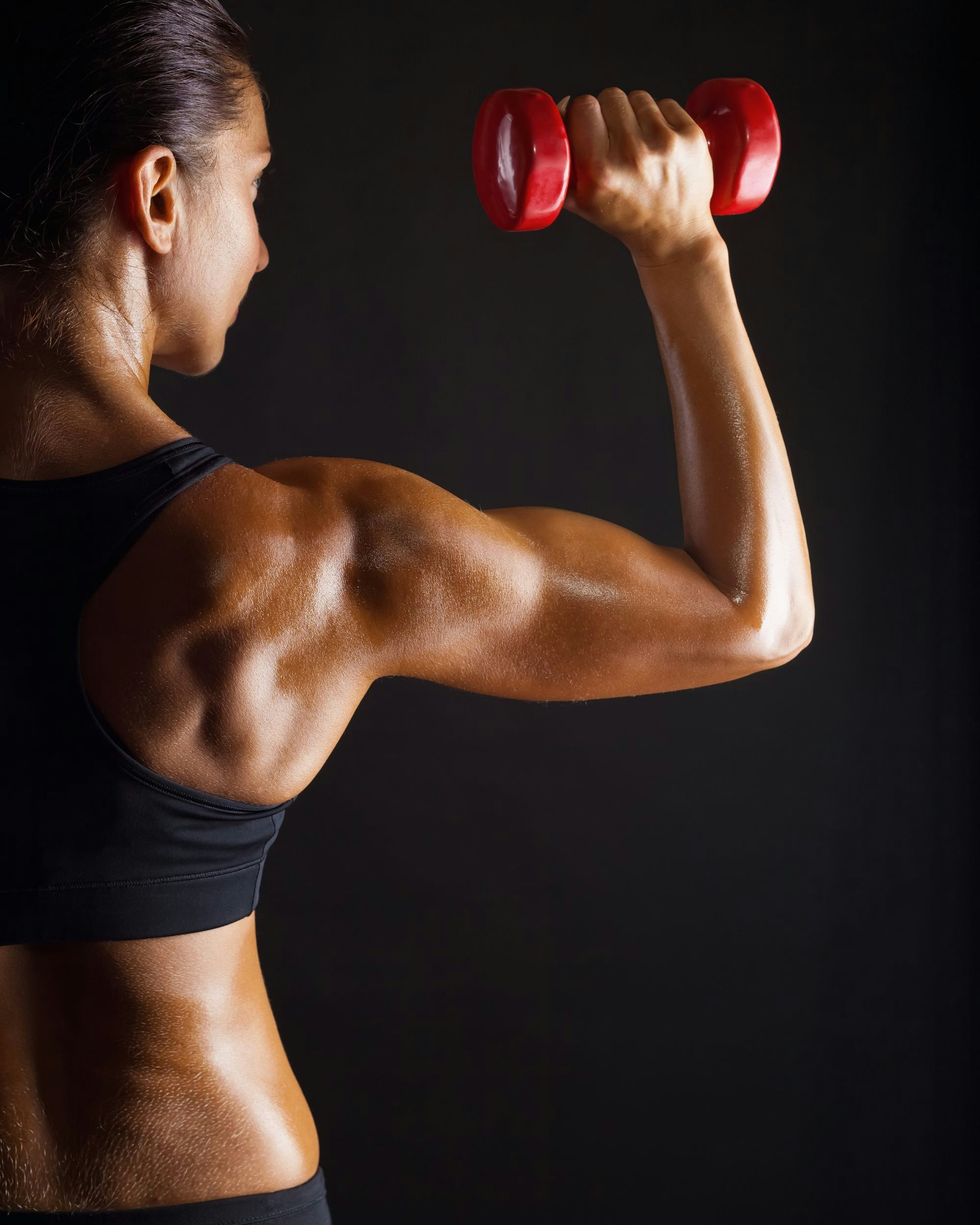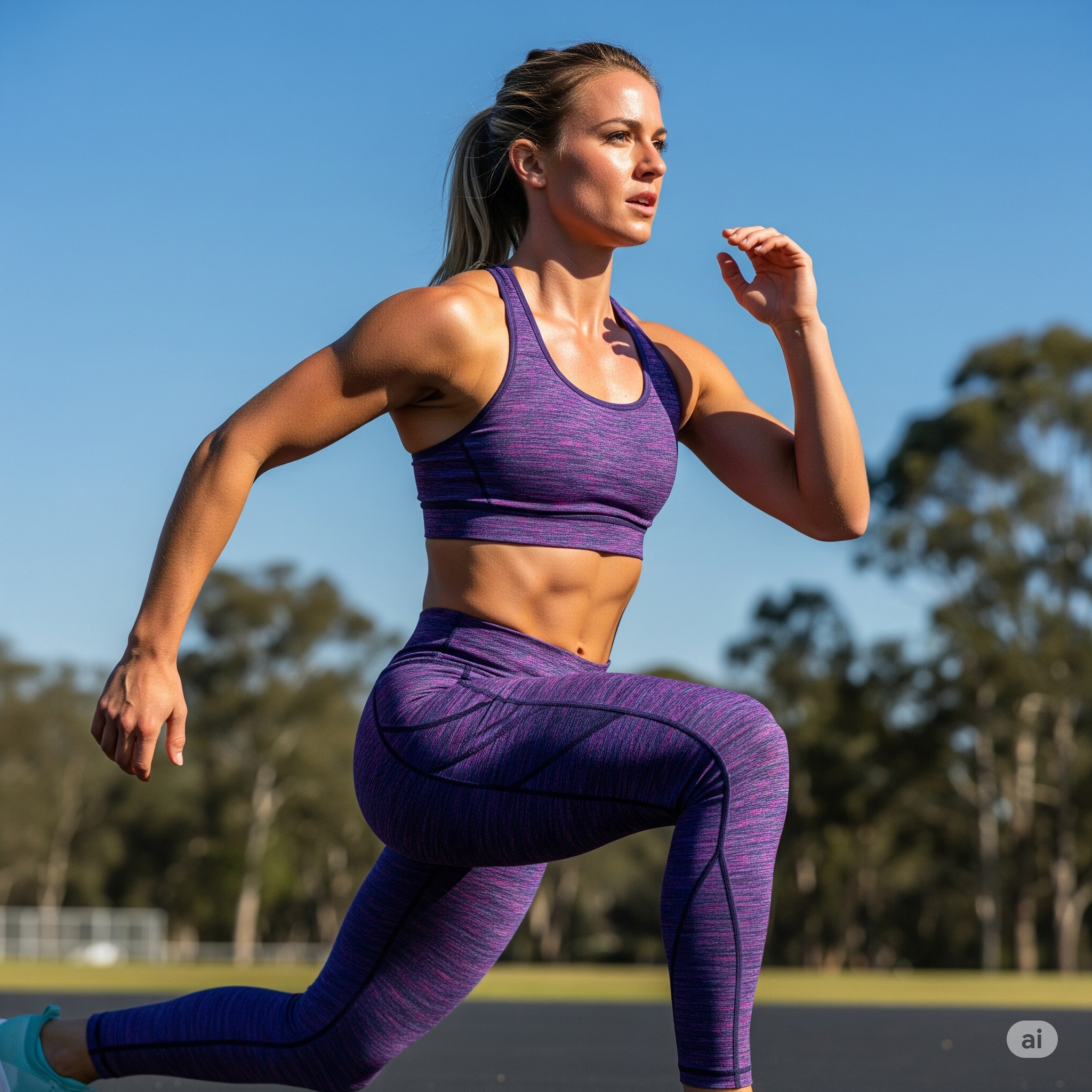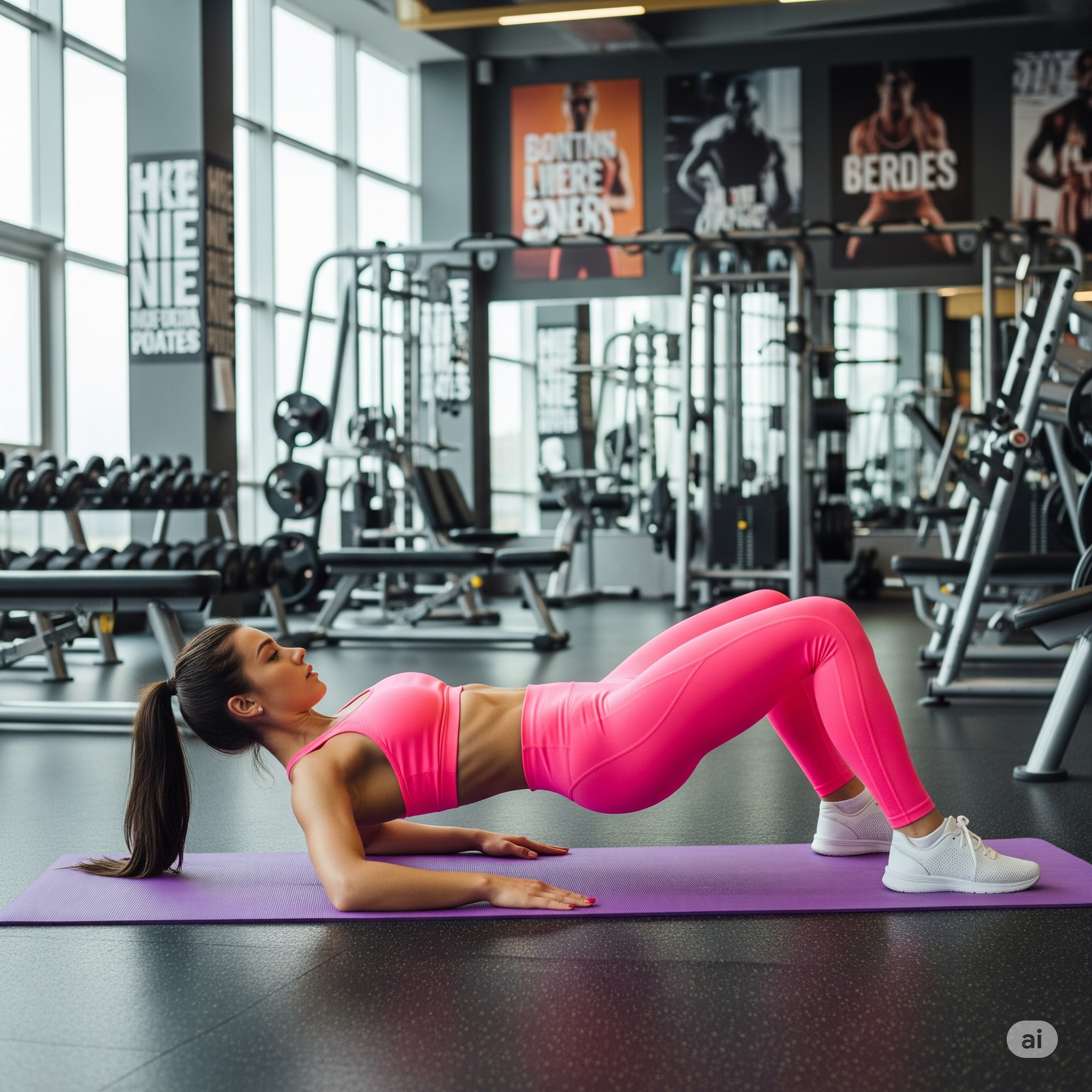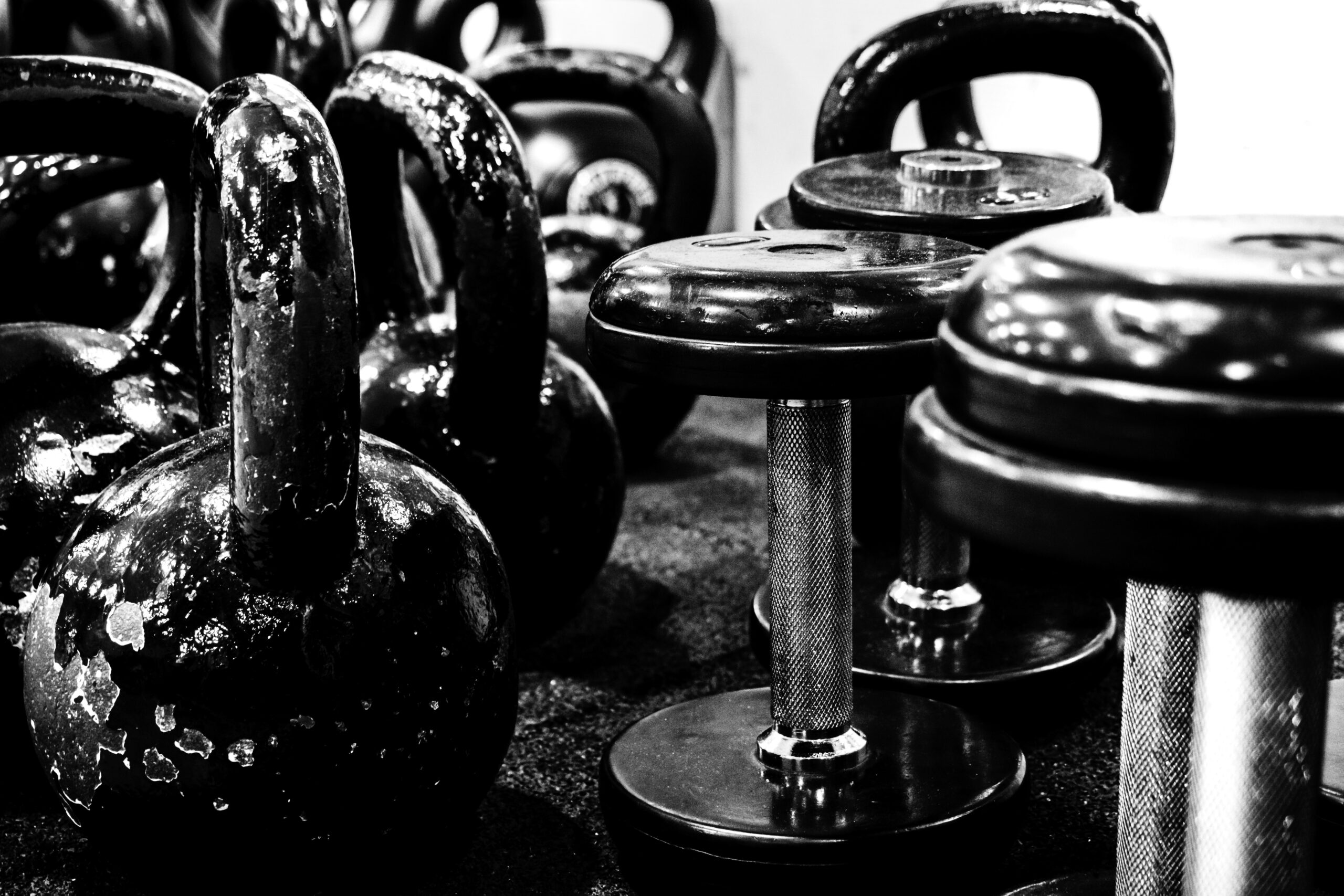Dumbbell workouts have gained immense popularity among fitness enthusiasts for their simplicity and effectiveness. Unlike traditional weight machines, dumbbells offer an array of benefits that make them ideal for upper body training. They are particularly accessible, as they can be easily used at home or in the gym, catering to a wide range of fitness levels. Whether you are an experienced athlete or a beginner, incorporating dumbbells into your exercise regime allows you to tailor workouts to your specific needs.
One of the most significant advantages of dumbbell workouts is versatility. They can be used for a variety of exercises targeting multiple muscle groups, thereby enhancing overall strength. When focusing on the upper body, dumbbell exercises engage key muscle groups including the chest, shoulders, back, and arms. Exercises such as the dumbbell bench press, shoulder press, bent-over rows, and curls enable you to effectively isolate and strengthen these muscles. Furthermore, since dumbbells require stabilizing muscles to engage during movement, they help to improve muscle coordination and balance.
Additionally, strength training is a crucial component of a well-rounded fitness routine. Incorporating dumbbell workouts not only helps in building muscle mass but also contributes to increasing metabolic rate, enhancing bone density, and improving overall functional strength. These benefits are vital for long-term health, particularly as one ages. By integrating a consistent dumbbell strength training regime focused on the upper body, you can achieve significant gains while promoting general well-being. Thus, adopting dumbbells as your primary tool for upper body workouts is a transformative approach, paving the way for effective, enjoyable, and accessible fitness experiences.
Essential Dumbbell Exercises for the Upper Body
The utilization of dumbbells in upper body workouts can significantly enhance strength and muscle development. Among the most effective exercises are the dumbbell bench press, shoulder press, bent-over rows, and bicep curls, each targeting specific muscle groups while promoting muscular balance and stability.
The dumbbell bench press primarily targets the pectoral muscles, triceps, and shoulders. To execute this exercise, lie flat on a bench while holding a dumbbell in each hand at chest level. Ensure your feet are firmly planted on the ground for support. As you press the weights upward, maintain a neutral wrist position and avoid locking your elbows. This action not only builds upper body strength but also engages your core for stability.
Another crucial movement is the dumbbell shoulder press, which focuses on the deltoid muscles. Stand or sit with a dumbbell in each hand at shoulder height, palms facing forward. As you press the weights overhead, do so in a controlled manner while avoiding arching your back. This exercise is instrumental in building shoulder mass and stability, promoting joint health when performed with proper form.
The bent-over row is an excellent choice for targeting the upper back, including the latissimus dorsi and rhomboids. Bend at your hips and knees while holding a dumbbell in each hand, allowing your arms to hang straight down. Pull the weights toward your torso while keeping your elbows close to your body, ensuring a strong contraction at the top of the movement. This exercise also aids in improving posture and spinal alignment.
Finally, bicep curls enhance the development of the arm muscles. Stand or sit upright with your arms fully extended, holding a dumbbell in each hand. As you curl the weights towards your shoulders, focus on controlling the movement and maintaining a straight wrist. This will effectively isolate the biceps, maximizing your gains during upper body workouts.
Creating a Dumbbell Upper Body Workout Routine
Structuring an effective upper body workout routine using dumbbells is essential for maximizing gains and ensuring balanced muscle development. Begin by determining your fitness level, as this will guide the choice of exercises, sets, and repetitions. For beginners, starting with 2 to 3 sets of 8 to 12 repetitions per exercise is advisable. This moderate rep range allows for proper form development while promoting muscle endurance.
As you advance, consider adjusting the volume and intensity of your workouts. Intermediate lifters may benefit from 3 to 4 sets of 6 to 10 repetitions, focusing on compound movements such as dumbbell bench presses, rows, and shoulder presses. These exercises recruit multiple muscle groups, enhancing strength and hypertrophy effectively.
Balancing muscle groups is crucial to avoid overtraining and imbalances. Ensure that your routine targets major upper body areas: the chest, back, shoulders, and arms. For instance, a sample workout for upper body strength might include a combination of exercises such as the dumbbell bench press, bent-over rows, lateral raises, and bicep curls. Additionally, integrating pushing and pulling exercises will maintain a balanced routine.
Rest periods between sets are vital for performance and recovery. A duration of 30 to 90 seconds is generally recommended, depending on the intensity of the exercise and your fitness goals. Incorporating a variety of exercises into your regimen keeps workouts engaging and promotes continuous progression.
To further enhance your upper body routine using dumbbells, aim to work out at least two to three times per week while allowing adequate recovery time for your muscles. As your strength improves, consider gradually increasing the weights used or the number of repetitions performed. This progressive overload strategy is key to making continual gains in strength and muscle size.
Tips for Maximizing Your Dumbbell Workouts
To achieve optimal results from your dumbbell upper body workouts, implementing a comprehensive approach is crucial. One of the foremost considerations is nutrition. Adequate protein intake is essential for muscle recovery and growth. Consuming a balanced meal containing proteins, healthy fats, and carbohydrates post-workout can significantly enhance recovery. Aim to consume a protein-rich food source, such as chicken, fish, or legumes, to help repair and build muscle fibers that are stressed during workouts.
In addition to nutrition, hydration plays a pivotal role in your workout performance and recovery. Dehydration can lead to decreased strength and endurance, ultimately affecting your ability to lift weights effectively. It is advisable to drink water before, during, and after your workout sessions to maintain optimal hydration levels. Some athletes may also benefit from electrolyte-rich drinks, particularly during intense training, to replace lost minerals and maintain performance.
Another crucial aspect to consider is the importance of a proper warm-up and cool-down routine. Incorporating stretching into your regimen can help increase flexibility and prevent injuries. Dynamic stretches prior to lifting will prepare your muscles, while static stretches post-workout can aid in recovery and reduce soreness. Another common mistake is neglecting to listen to your body; always be mindful of pain or discomfort. Adjustments can be made in weights and repetitions based on your body’s current condition.
Lastly, maintaining motivation is vital for consistency and success in your fitness journey. Setting realistic goals, tracking progress, and perhaps even finding a workout partner can keep you accountable and motivated. Remember to incorporate variety in your routines to keep your workouts fresh and engaging, which can help sustain enthusiasm over time.




